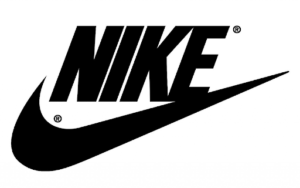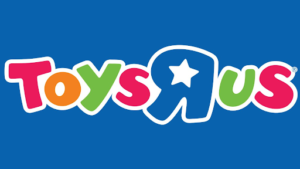As the world becomes increasingly digital, brick and mortar retail stores become less appealing to the average consumer. Retail brands must adapt to tech-savvy customers who are shopping online, while still finding ways to create an engaging shopping experience.
Augmented reality is an innovative tool that is helping many retailers do just that, offering new and exciting ways to enhance the customer’s experience with the brand.
Today, about 40% of British consumers have used AR before purchasing from a retailer, proving that this will become an increasingly relevant aspect of retailers’ strategy going forward. Here are 12 brands already using advanced AR technology, spearheading the change to be more innovative in the retail industry.

This innovative fashion brand recently began integrating AR into the company in 2019 with their new feature “Virtual Catwalk.” This feature on ASOS’s app allows customers to open their camera on a flat surface and see models wearing over 100 different ASOS products.
A variety of different size models allow customers to see how the products might look on their body, making it easier to shop online. This tool further engages customers in the online shopping experience and is changing the way customers expect to buy online in the future.

The Dulux Visualiser app uses augmented reality technology allowing customers to visualise how hundreds of paint colours would look like on the walls of their own homes. By pointing their phone camera at a wall, customers can see what colours they like and can save videos and pictures of the walls with those colours. Customers can also save colours and then order them easily for delivery to their own homes.

By uploading selfies, customers can use this Loreal AR feature to virtually try on a variety of hair and makeup products in combination with one another. From eyeshadows to lip liners and hair colouring to foundation, the options are extensive for customers to try these Loreal products before ordering online.

In 2018, Adidas partnered with Snapchat to launch an AR filter that promoted its Ultraboost 19 running shoes. Snapchat users could simply click on the filter and look down to see the shoes on their feet for a virtual try on. One of the first companies to partner with Snapchat to use AR, Adidas is pioneering augmented reality for footwear in connection with social media. Since then, Adidas has also launched their own AR try on feature on their IOS app, decreasing return rates from online purchases and increasing traffic on the app.

This corporation containing brands such as Timberland, Vans, The North Face, and Kipling, has opened a brand hub named Axtell Soho in London which features a digital innovation and design studio. Customers can visit and view VF’s brands with interactive display stations and virtual mannequins showcasing seasonal looks of the brands. Axtell Soho is modernising the customer’s shopping experience, expanding it to view products not physically there and immersing the customer in the brands’ visions and stories.

In 2019, Nike launched Nike Fit, an app that uses AR technology to measure customers’ feet and correctly size them in a variety of Nike shoes. The app offers suggestions for different shoes based on the full measurements it takes of customers’ feet, making it personal and engaging for customers to use. This tool has led to fewer returns and better performance with Nike footwear.

Lululemon has invested in augmented reality to improve home fitness with startup Mirror, which uses smart mirrors to run fitness classes from the comfort of your own home. Athleisure company Lululemon will bring new content to the platform with classes led by Lululemon staff and ambassadors. Investing in Mirror and leading classes on the platform allows Lululemon to access a new market of potential customers in need of fitness and athleisure wear.

Homeware brand John Lewis has launched a “Virtual Sofa” AR feature on their app allowing customers to virtually place sofas and armchairs in their homes to check for scale and colour before purchasing them online. The tool requires app users to open their camera and scan the room for dimensions before allowing them to virtually place furniture in the space. Helping customers visualise how the products will look in their own home makes it easier to commit to purchasing a large item like a sofa.

This online fashion retailer offers a styling quiz to help customers find the right clothes for them. Customers can pick their favourite styles, age and price range, and any sizing issues specific to them before receiving a personalised style profile from Thread. A stylist then reaches out with recommendations for outfits and colours best suited to the customer. This personalised shopping experience is highly engaging for the online shopper, and it makes it easier to find the right product, something that can be hard to achieve online.

Another retailer to utilise the technology of Snapchat, Toys R Us, has launched a shoppable AR store through filters in Snapchat. Users can walk through the AR store, watch the toys come to life, and swipe up to view and purchase the items on the website. Through augmented reality, Toys R Us is enhancing the customer experience, providing a fun and interactive way to purchase toys.

Pokemon Go and Uniqlo have teamed up to launch a line of t-shirts available not only in Uniqlo stores but also for avatars in-game, so now you can match with your avatar while you play. This collaboration is an example of another way to become more technologically friendly as a fashion retailer, using the gaming industry to enhance the customer experience.

Eyewear brand Specsavers now offers personalised recommendations for glasses based on the customers’ face shape and style preferences. By uploading an image of their face, customers can see how different styles of eyewear would suit their face, making it easier to purchase the product online without trying it on first. Using advanced technology, this retailer is improving the customer experience by assuring customers that the product they choose to purchase is the right one for them.

AUTHOR
Carina Massana, Scurri
